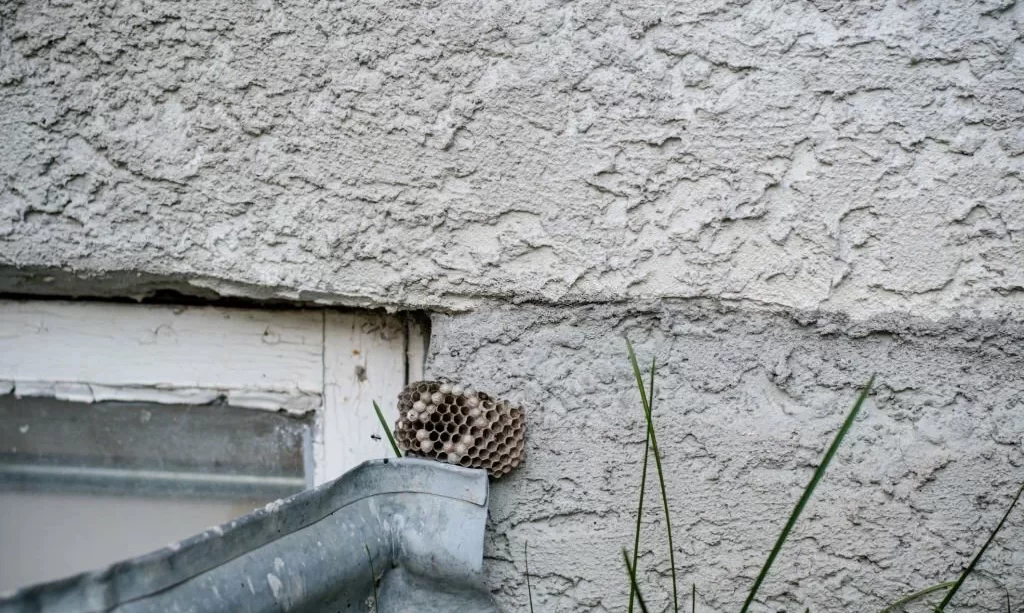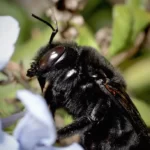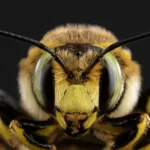The quest to find a hornet’s nest is an endeavor that demands caution, knowledge, and preparedness. Hornets, known for their territorial nature and potent stings, can be found nesting in various locations, and uncovering their nests is a task that should be approached with care. In this comprehensive guide, we will take you through the steps for finding a hornet’s nest safely. While it’s essential to understand the habits and preferences of hornets, it’s equally crucial to take the necessary safety precautions. We will explore these aspects in detail, equipping you with the knowledge and measures needed to locate a hornet’s nest without putting yourself at risk.
- Traps Multiple Species – Unsure if your problem is wasps, hornets, or yellowjackets? The RESCUE! WHY Trap attracts all of them, so you’ll never need to identify an insect. Simply hang outdoors and watch them pile up.
- How it Works – A dual-chambered design uses three attractants to catch 19 different species of insects. Wasps, hornets, and yellowjackets can crawl in through the top or bottom. Once inside, they expire naturally.
- What it Catches – The WHY Trap includes a two-week supply of attractant designed to attract paper wasps, bald-faced hornets, European hornets, and yellowjackets.
- Reusable – Its durable design allows this trap to be reused for many seasons. Attractant refills are available for purchase.
- Made in the USA – At RESCUE!, our goal is to design and manufacture the safest and most effective pest control solutions available. We proudly manufacture our products in the USA!
Research Hornet Behavior
Before embarking on the journey to find a hornet’s nest, it’s vital to research and understand hornet behavior. Hornets, like other stinging insects, have specific nesting habits and preferences that vary depending on the species. Here’s what to consider:
- Familiarize yourself with the types of hornets that are prevalent in your area. Different species may exhibit distinct nesting patterns and behaviors.
- Learn about common nesting locations, which can include trees, shrubs, building eaves, or even underground.
- Understanding the life cycle of hornets and their seasonal activity can help you plan your nest-hunting expedition at the right time.
Safety Preparations
Safety is paramount when seeking out hornet nests, as hornets can be highly territorial and may become defensive if they perceive a threat. Proper safety preparations are crucial for minimizing risks:
- Dress appropriately in protective clothing. This should include long-sleeved clothing, pants, gloves, a hat, and a face mask to shield your face and neck.
- Use an insect repellent to further protect yourself from hornet stings.
- Plan your nest-hunting expedition during daylight hours when hornets are generally less active and calmer.
By arming yourself with knowledge about hornet behavior and taking the necessary safety precautions, you’ll be better prepared to find a hornet’s nest safely. These initial steps are the foundation for a successful and risk-reduced nest-hunting experience.
Choose the Right Location
Selecting the right location for your hornet nest discovery is the next critical step. Here’s how to choose wisely:
- Identify a suitable area for your search, which may be within your garden, on your property, or in a nearby natural setting.
- Look for signs of hornet activity, such as hovering hornets, which may indicate the presence of a nest in the vicinity.
- As you approach potential nesting areas, maintain a safe distance from the nest locations to avoid provoking any defensive behavior.
Search Methodically
The systematic approach to searching for a hornet’s nest is crucial for your safety and the successful identification of nests. Follow these steps for a methodical search:
- Begin exploring the chosen area systematically, paying close attention to hornet traffic patterns. Observe hornets flying in and out of potential nest locations.
- Keep a safe distance while observing hornets to avoid disturbing or provoking them. Quick, erratic movements can trigger their defensive instincts.
- If you identify a hornet nest, do not attempt to get too close. Maintain a safe distance and continue your observations to gather information about the nest’s size and activity.
Document and Report
If you succeed in finding a hornet’s nest, documenting and reporting your discovery is essential for several reasons:
- Document the location of the nest, its size, and any observations about hornet activity.
- Take photographs if possible, ensuring you maintain a safe distance while doing so.
- Report the nest to local authorities, pest control professionals, or relevant experts if it poses a threat to people, pets, or property. Do not attempt to remove or disturb the nest personally unless you are trained to do so.
Conclusion
In your quest to find a hornet’s nest, safety should always be the top priority. By following the steps outlined in this guide, you can minimize the risks associated with nest hunting and approach the task with caution and knowledge. Understanding hornet behavior, preparing for safety, choosing the right location, searching methodically, and documenting and reporting your findings are all essential elements in this endeavor.
Remember that hornets can be territorial and may become defensive when their nest is threatened. If you’re unsure about how to deal with a hornet’s nest, it’s advisable to seek professional help. Your safety and the well-being of those around you should always be of paramount concern when approaching hornet nest discovery.





